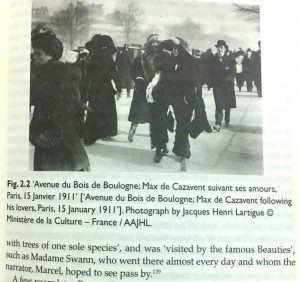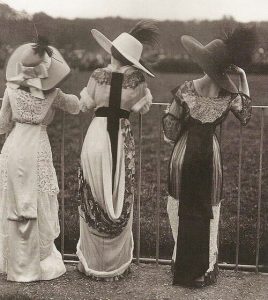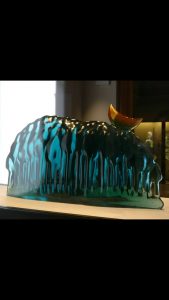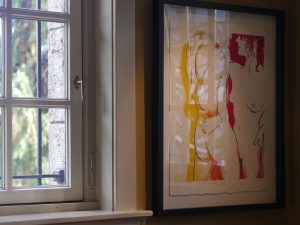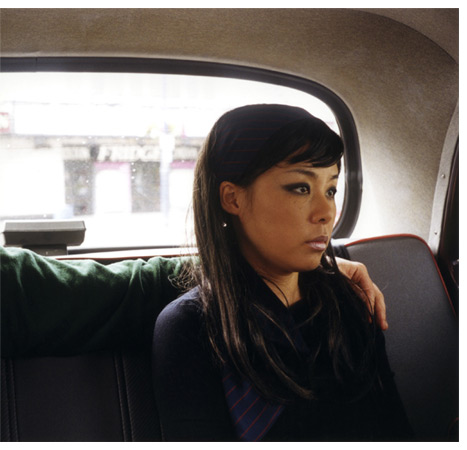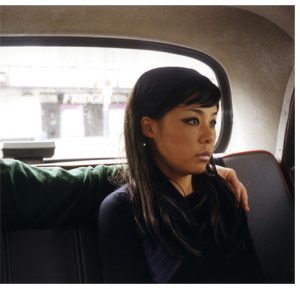‘Everything at Once’ at 180 The Strand, London, is co-curated by Greg Hilty and Ossain Ward of Lisson Gallery, in partnership with The Vinyl Factory. It is based on experimential artist-musician John Cage’s 1966 quotation that, ‘Nowadays everything happens at once and our souls are conveniently electronic (omniattentive).” The Vinyl Factory aims to display a version of ‘everything at once’ through the inclusion of a range of works from the past 50 years, from Marina Abramovic’s 1975 ‘Freeing the Voice’ to Tatsuo Miyajima’s 2017 ‘Time Waterfall.’ These are not presented in a chronological order, and media is varied throughout to provide the viewer with a taste of ‘everything at once.’
Over two floors the exhibition covers a vast spectrum of themes, media and scales. Trying to find a unifying theme is challenging, although the artists whose work is displayed have often been extremely relevant and renowned in the contemporary scene art, often experimenting with large-scale pieces, the use of video and technology, and installation or three-dimensional works. The exhibition guide states that ‘like Cage’s predictions, time and space no longer act as rational or linear concepts,’ and this is demonstrated in the exhibition through the inclusion of a range of art from different time periods in the same gallery. The addition of free entry reminds the viewer of the increasing accessibility of Art and to other parts of the world and cultures.
A large number of the artworks displayed are recently created pieces, by artists that have had solo shows in galleries in the past few years, for example Haroon Mirza’s installation which explores the interplay between sound and light waves and electric current (whose solo exhibition is currently being shown at the Zalbudowicz Collection, Chalk Farm).
Ryoji Ikeda’s ‘Test Patterns’ is a memorable part of the exhibition, something which interests many people to visit. The large-scale installation consists of glitched black and white screens, converting data from music and photography into monochrome binary patterns on which viewers can walk to fully engage with the work. The varied and unconventional use of media and technology is part of what makes the exhibition so interesting.
The exhibition includes exciting and innovative art, and the lack of a clear order acts to keep the viewer engaged.
Bibliography:
Hilty, G. & Ward, O. (2017), Everything At Once, Exhibition Guide, 5 October -10 December 2017, Lisson Gallery & The Vinyl Factory
Searle, A. (2017), Everything at Once review – A trip beyond death and into a cosmic womb, Available From: https://www.theguardian.com/artanddesign/2017/oct/08/everything-at-once-review-store-studios-london [Accessed 18/10/17]

![IMG_0197[1]](http://blog.soton.ac.uk/rcs/files/2017/10/IMG_01971-169x300.png)
![IMG_0198[1]](http://blog.soton.ac.uk/rcs/files/2017/10/IMG_01981-169x300.png)
![IMG_0199[1]](http://blog.soton.ac.uk/rcs/files/2017/10/IMG_01991-169x300.png)
![IMG_0200[1]](http://blog.soton.ac.uk/rcs/files/2017/10/IMG_02001-169x300.png)
